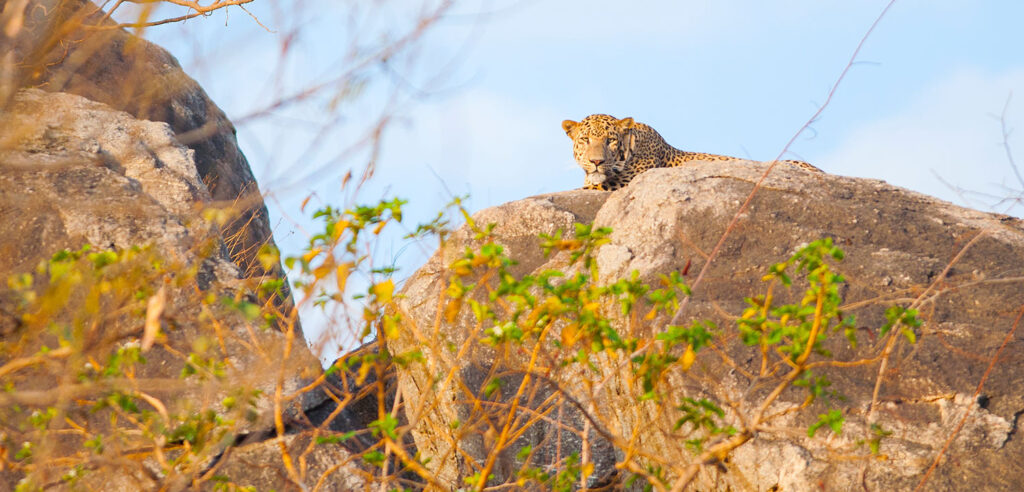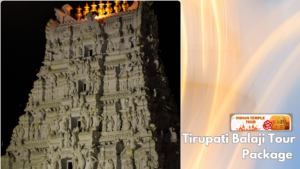Gujarat’s National Parks: The Ultimate Wildlife Adventure

Here are some of Gujarat’s national parks and wildlife sanctuaries, each described
- Gir National Park and Wildlife Sanctuary: Gir National Park and Wildlife Sanctuary, located in the Junagadh district of Gujarat, is a haven for wildlife enthusiasts and nature lovers. Spread across an area of approximately 1,412 square kilometers, it is the only place in the world where you can witness the majestic Asiatic lions in their natural habitat. The park is also home to a diverse range of flora and fauna, making it an ultimate wildlife adventure.
The Asiatic lion, the star attraction of Gir, is an endangered species and Gir National Park has played a crucial role in its conservation. The park boasts a healthy population of lions, which can be spotted during jeep safaris. Apart from lions, Gir is also home to other mammals such as leopards, spotted deer, sambar deer, chinkara, and wild boar. The marsh crocodile and numerous reptiles can also be found here.
Gir National Park is blessed with varied vegetation, including dry deciduous forests, scrublands, grasslands, and rocky hills. The landscape offers a beautiful contrast of rugged hills and flat plains, providing a diverse range of habitats for wildlife. The park is also a paradise for bird watchers, with over 300 species of birds recorded, including the endangered white-backed vulture, the Indian eagle-owl, and various species of eagles, falcons, and owls.
- Blackbuck National Park: Situated near Velavadar in the Bhavnagar district of Gujarat, the Black buck National Park is a unique wildlife sanctuary known for its population of black bucks, an elegant and swift antelope species. Spanning an area of about 34 square kilometers, the park offers a surreal experience of witnessing herds of blackbucks in their natural habitat.
The black bucks are the main attraction of the park, with their striking black and white coloration and spiraled horns in males. The park provides a safe environment for their conservation, and visitors can observe their graceful movements during jeep safaris or nature walks. The park is also home to other wildlife species such as Indian gazelles, wolves, foxes, and various birds including larks, sand grouse, and harriers.
The unique ecosystem of the Blackbuck National Park comprises open grasslands, saline wetlands, and shrublands. The grasslands provide an ideal feeding ground for the blackbucks, while the wetlands attract a variety of migratory birds during winter. The park’s landscape is dotted with acacia and prosopis trees, adding to its scenic beauty.
- Marine National Park: Located on the Gulf of Kutch in the Jamnagar district, the Marine National Park is a one-of-a-kind wildlife destination in Gujarat. Spread over an area of approximately 162 square kilometers, it is India’s first marine sanctuary and showcases the rich biodiversity of the marine ecosystem.
The Marine National Park is a treasure trove of coral reefs, mangroves, and diverse marine life. It is home to over 42 coral species, 70 sponges, and a plethora of colorful fish, crabs, turtles, dolphins, and even the endangered dugong. The park’s underwater world can be explored through snorkeling and diving expeditions, offering a mesmerizing experience.
Apart from the underwater wonders, the park also encompasses several islands, including Pirotan Island, which is famous for its mangrove forests and bird population. During low tide, one can witness the fascinating marine life in the tidal pools, teeming with small fish, crabs, and other organisms.
Visiting the Marine National Park requires a permit, and guided tours are recommended to ensure responsible tourism and conservation of the fragile ecosystem. It is a paradise for nature lovers, offering a glimpse into the incredible marine biodiversity of Gujarat.
These are just a few examples of the remarkable national parks and wildlife sanctuaries that Gujarat has to offer. Each park provides a unique wildlife adventure, allowing visitors to connect with nature and witness the incredible biodiversity of the region.







